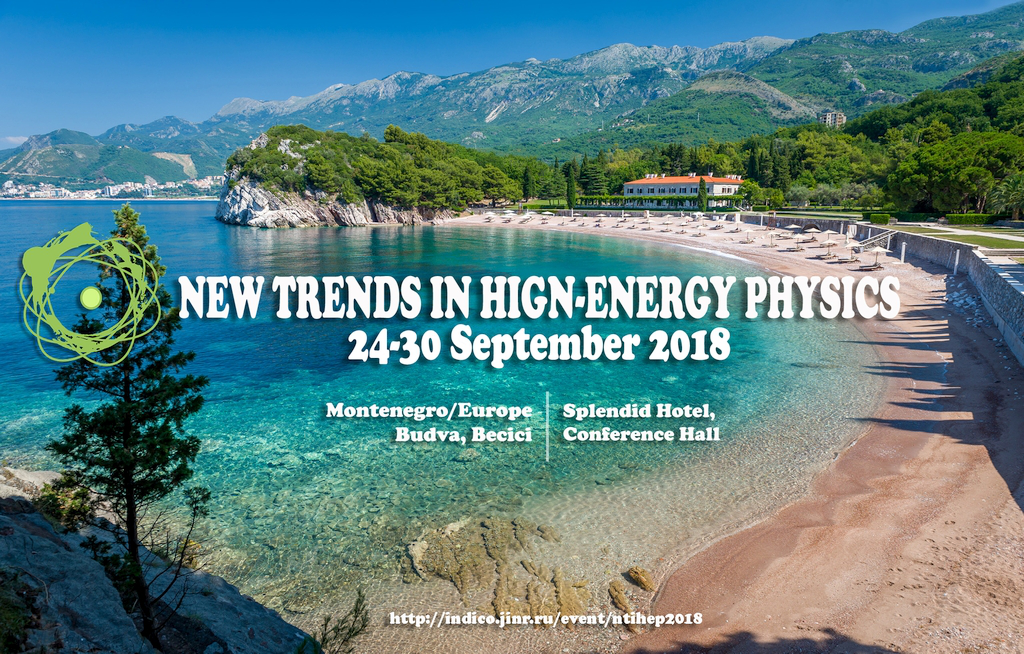Speaker
Dr
Jae-Kwang Hwang
(JJJ Physics Laboratory)
Description
Three generations of leptons and quarks correspond to the lepton charges (LC) in the present work. Then, the leptons have the electric charges (EC) and lepton charges (LC) [1,2,3,4]. And the rest mass of 1.4 TeV/c^2 is assigned to the Le particle (new heavy lepton) with the EC charge of -2e based on the cosmic-ray electron/positron data of DAMP (Dark Matter Particle Explorer) and the cosmic gamma ray spectrum by CALET 5 year measurements [1]. The 3.5 and 74.9 keV X-ray peaks observed from the cosmic X-ray background spectra support the presence of the Q1 quark (new heavy quark) with the EC of -4e/3 [1]. The quarks have the EC, LC and color charges (CC). Three new particles (bastons) with the electric charges (EC) are proposed as the charged dark matters [1,2]. The decreasing coupling constant of the strong force, neutron lifetime anomaly and the pressure distribution inside the proton are explained by the unobservable proton and hadronization. Also, the weak force, strong force and dark matter force bosons are created from the interactions of the elementary particles with the T fluctuations of the vacuum energy [3].
Because of the graviton evaporations, the very small Coulomb’s constant (k(dd)) of 10^-48k and large gravitation constant (G_N(dd)) of 10^6G_N for the charged dark matters at the present time are expected [3,4]. These tentative values of G and k can be used and changed for the explanation purpose. Therefore, F_c(mm) > F_g(dd) > F_g(mm) > F_g(dm) > F_c(dd) > F_c(dm) = 0 for the proton-like particle. In the present work, the B1, B2 and B3 bastons with the condition of k(mm) = k >> k(dd) > k(dm) = k(lq) = 0 are explained as the good candidates of the dark matters. Also, the particle creation, dark matters and dark energy could be deeply associated with the changing gravitation constants (G). It is expected that the changing process of the gravitation constant between the matters from G_N(mm) ≈ 10^36G_N to G_N(mm) = G_N happened mostly near the inflation period. Therefore, during most of the universe evolution the gravitation constant could be taken as GN(mm) = GN. And the effective charges and effective rest masses of the particles are defined in terms of the fixed Coulomb’s constant (k) and fixed gravitation constant (G_N). Then, the effective charge of the B1 dark matter with EC =-2/3 e is (EC)_eff = -2/3 10^(-24)e [3,4].
[1] J.K. Hwang,Talks at 2018 APS April meeting and Phenomenology 2018 symposium: https://indico.cern.ch/event/699148/contributions/2986365/attachments/1642260/2623270/Pheno18-Darkmatter-2018.pdf
[2] Jae-Kwang Hwang, Mod. Phys. Lett. A32, 1730023 (2017).
[3] J.K. Hwang, https://www.researchgate.net/publication/325761228 (2018).
[4] J.K. Hwang, https://www.researchgate.net/publication/325200286 (2018).
Author
Dr
Jae-Kwang Hwang
(JJJ Physics Laboratory)

